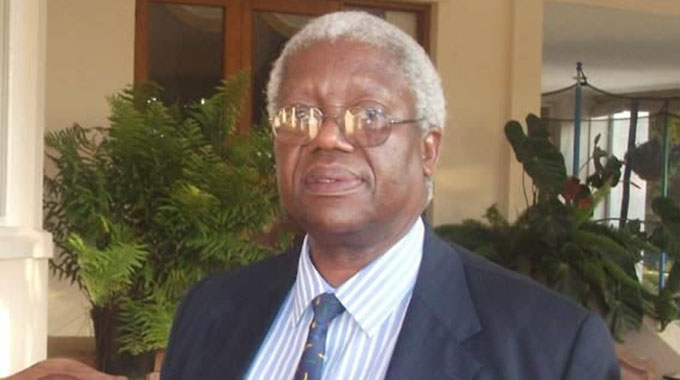Zim sees big potential in sugar production

Martin Kadzere
ZIMBABWE offers big potential for sugar production, a senior official has said, adding the Tugwi-Mukosi Dam provides the industry with new water resources that should increase land under irrigated sugarcane by between 17 000 and 25 000 hectares. “This opportunity has the potential to increase cane production by a further 1,7 and 2,5 million tonnes for processing into sugar for export, ethanol for fuel blending or industrial applications for stock feed production and electricity generation,” Zimbabwe Sugar Association chairman Mr Muchadeyi Masunda said.
Mr Masunda was addressing a conference on sugar and ethanol in Harare last week. Zimbabwe produces between 3,5 million and four million tonnes of cane per year.
The US$300 million Tugwi-Mukosi Dam was completed in 2016, almost five decades after it was proposed. With a capacity of 1,8 billion cubic metres, it is the country’s’ largest inland dam.
Construction started in 1990 but progress stalled repeatedly due to funding constraints.
The Government, through the Infrastructure Development Bank of Zimbabwe (IDBZ) has since appointed a South African-based consultancy firm to produce a master plan on economic potential around Tugwi Mukosi, an update of what was previously done.
Tongaat Hulett, which owns Hippo Valley Estates and Triangle Limited is drawing five percent of water from the dam to irrigate its downstream estates in Chiredzi.
“It is a terrible indictment against all of us as Zimbabweans that the much-vaunted Tugwi-Mukosi was commissioned in 2016, save for fledgling fishing project, little has been done in terms of exploiting the vast water resource,” said Mr Masunda.
Zimbabwe is one of the significant sugar producers in SADC, boasting nearly 46 000 hectares of land and producing between 3,5 to four million tonnes of cane per annum.
The milling industry consists of two firms — Hippo and Triangle — with an installed capacity of five million tonnes of cane and processes up to 640 000 tonnes of sugar per year.
The country’s two refineries Star Africa Corporation and Triangle Limited can produce 200 000 tonnes and 140 000 tonnes of refined sugar per annum, respectively.
Zimbabwe has been a surplus producer of sugar for many years, with capacity to produce sufficient sugar in various forms and quality grades to meet domestic demand and export.
Nearly 40 percent of the country’s annual sugar production is exported. Prior to the reforms of the sugar sector in the European Union, Zimbabwe used to export significant volumes of sugar into the region at reasonably viable prices, said Mr Masunda.
The country has an estimated sugar consumption of around 350 000 tonnes per annum, and currently produces as much as 500 000 tonnes. However, it has capacity to propel sugar output by another 190 000 tonnes without additional investment in milling assets.
Zimbabwe is also one of the few countries which have embraced the blending of ethanol with petrol to cut the cost of importing fuel.
Green Fuels and Triangle Limited run ethanol plants which produce fuel grade ethanol.
As part of the diversification and sustainability drive, both Hippo Valley Estates and Triangle mills have incorporated co-generation of electricity into their operations.









Comments